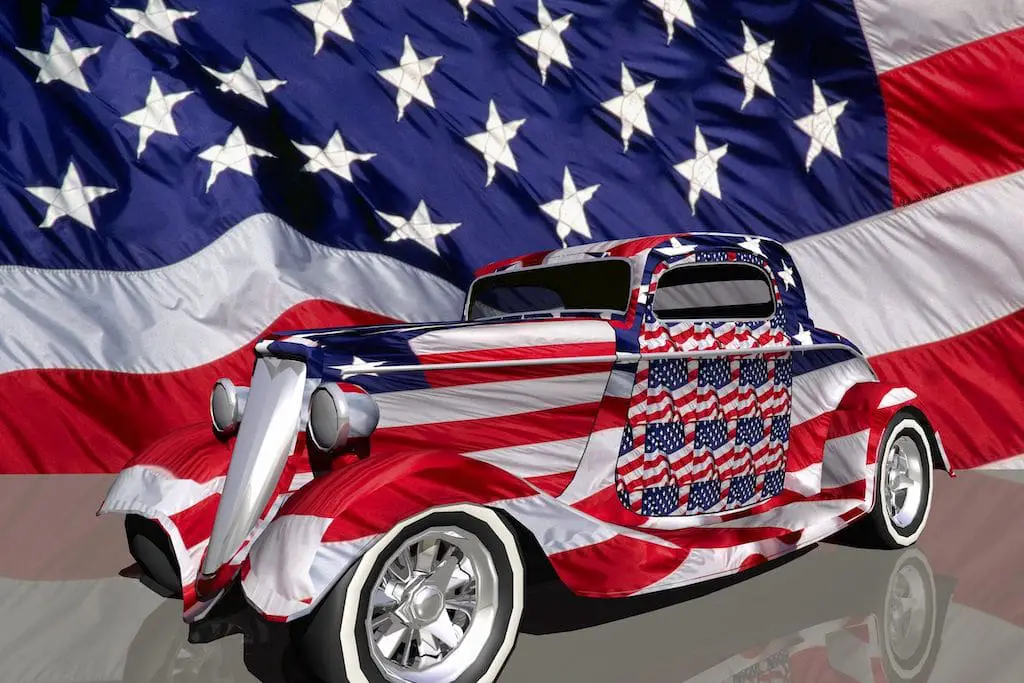Full disclosure: I don’t much care for the modern American car. This is because, overall, I find them to be worse than their competitors from overseas, especially Toyota. I talk more about that in a previous article, and if you are interested, check it out here. However, this was not always the case. The American auto industry is responsible for some of the biggest leaps forward in automotive technology, and this was especially true during the first half of the 20th century. And of American cars from this period, these 4 pre-1950 cars are some of the most important American cars ever made.
Table of Contents
Ford Model T
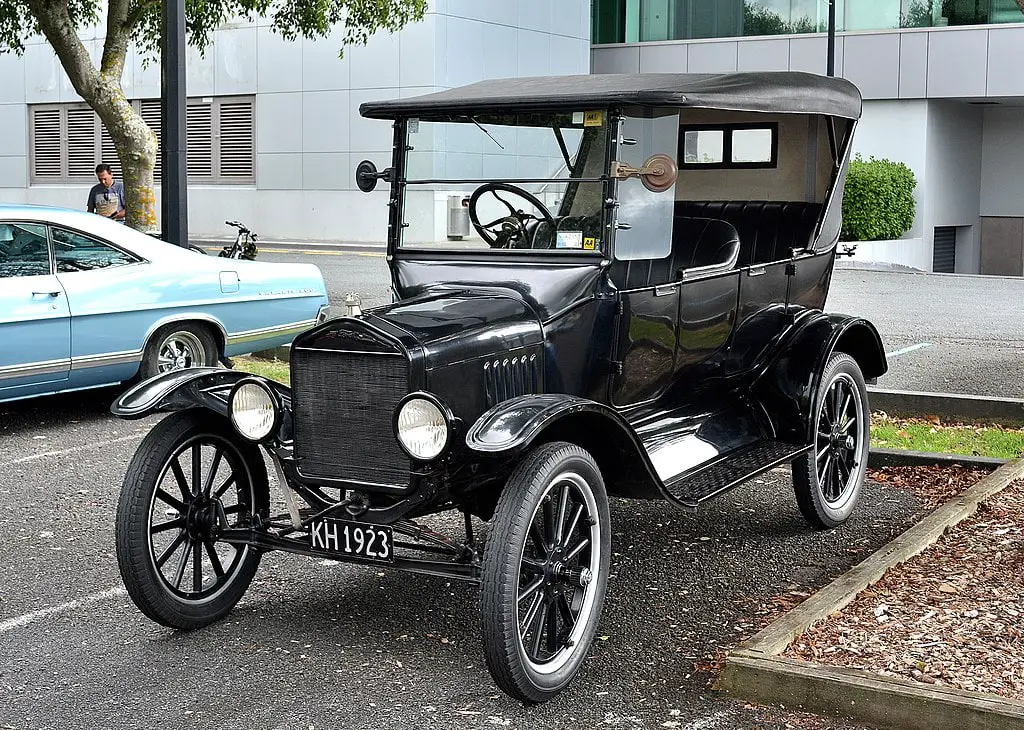
The Ford Model T wasn’t the first car. It wasn’t the easiest to drive, nor did it have a set of controls that would be regarded as conventional today. However, the Model T was first in the most important way possible, as in its time, it was the first car that most people would own.
This happened because, up until that point, most cars were hand-built one-by-one, and were designed to be luxury goods for wealthy customers. This meant a very high price point, and emphasis on customization (coachbuilding as it was known then). The Model T, in comparison, was designed to be affordable from the beginning. While a Buick Model G tourer of the same year (1909) cost $1250 dollars new, the 1909 Ford Model T cost one-third less, at $825 dollars. And this was all while they were still being produced just like every other car on the market.
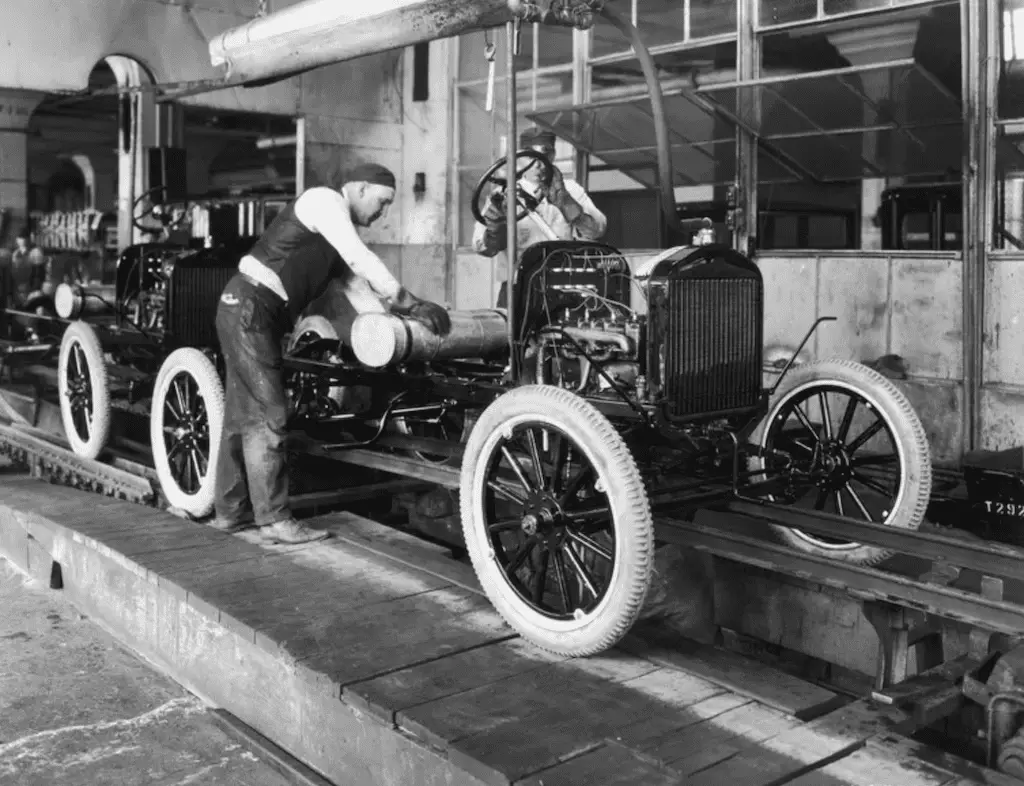
While Model T prices went down each year as Ford found more efficient, less expensive ways to produce the car, the real revolutionary change came in 1914, when Ford started making Model Ts on a standardized, moving assembly line. This allowed for Ford to drop the price of the Model T by 25% and increase both production and sales, as by 1916, Ford had its first year of more than 500,000 Model Ts sold, only dropping below this number once for 1919 due to a mild economic recession at the time. For reference, the 1916 production numbers were equal to the first 5 years of sales COMBINED!
Over the 20 years of production, the price of a new Model T dropped by two thirds; from $825 dollars in 1909, to $260 dollars in 1925. It gets even more impressive once inflation is taken into account. Priced in 2022 dollars, a 1909 Ford Model T cost about $25,500 dollars. In contrast, a 1925 Ford Model T priced in 2022 dollars would be about $4,200 dollars. This means, when new, a 1925 Model T cost nearly 85% less than its counterpart from 1909. And that price decrease over time meant that cars as a whole became more affordable to more people, so much so that of the nearly 15 million Model T’s made, over 11 million of them were made for the 1920 model year and after; when prices were at their lowest. Think about how small the car market was then. At one point, such large sales meant that nearly half of the cars on American roads were Model Ts.
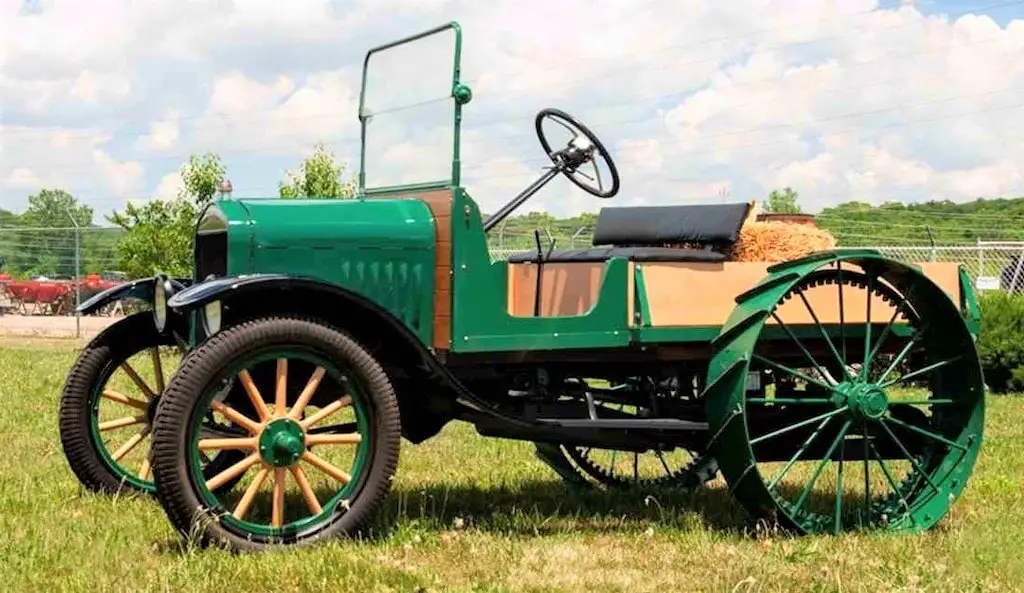
The Model T was also used in many places for many purposes, as the simple construction meant that if a Model T could be used for something, it was. Snowmobile? Check. Tractor? Check. Open top pickup? Check. And what do the cities of Bergen (Norway), Santiago (Chile), Geelong (Australia), and Yokohama (Japan) all have in common? All were places the Model T was assembled at some point during its production run.
Was the Model T the fastest, most sophisticated, most technologically innovative car of its day? No. It wasn’t even the most reliable nor easiest to operate, but it was the first in the most important way possible: in the hearts and minds of the buying public. With its combination of configurability, relative reliability, and a very affordable price-tag, for most people, this was good enough as the first car their family would ever own, and its consequent ubiquity mean that it is one of the most, if not the most important, American car ever made.
1932 Ford
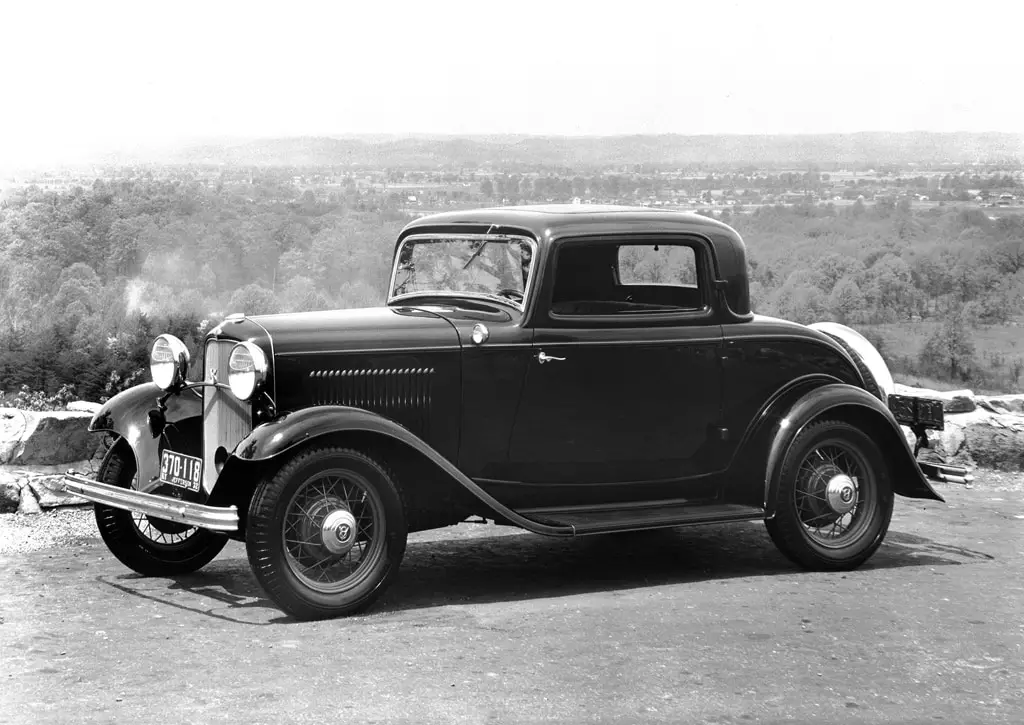
The 1932 Ford was far from the first V8-engined car made in America, Hewitt was in 1907, and Cadillac was the first one to mass produce one in 1914. However, in the same way that the Model T was not the first car, but the first car that most people would experience, the 1932 Ford and its flathead V8 were certainly most Americans first taste, and the verdict? They liked it. A LOT! Why?
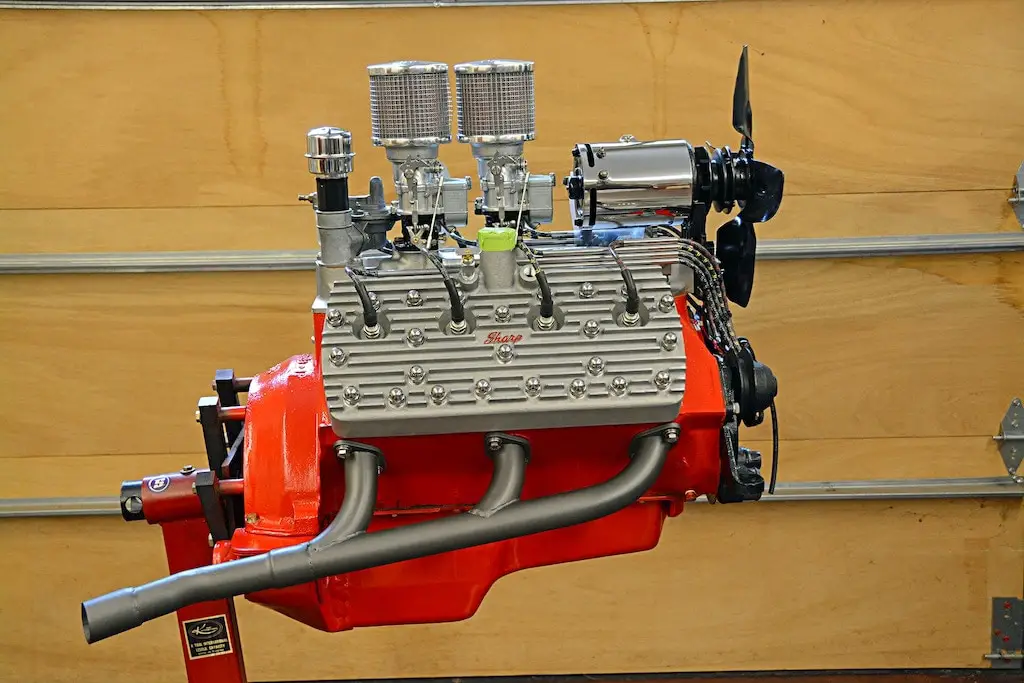
For one, despite it having many flaws, just like the Model T, the Ford V8 offered a remarkable improvement relative to the price that was paid. For one, upgrading to the V8 engine cost only 10 dollars extra compared to the base 4 cylinder. In 2022 dollars, this amounts to about 225 dollars, which is hardly anything in the context of a car. And what did selecting this option get you? Quite a lot actually! By selecting the V8 engine, you were getting an engine that had double the power output (70+ horsepower versus about 40) of the base inline-four, offered smoother power delivery, better balance, and, importantly, offered comparable performance to the straight 6 engines popular at the time in more compact packaging (we will get back to that one later) In contrast, the only other major automaker at the time to use V8s was Cadillac, and they were 5-6 times the price. And most 8 cylinder engines used by Ford’s competitors were straight-8 engines, which were both much more difficult to package due to the long length, and no more balanced and smooth than the a straight 6. A V8, like a straight 6, can be perfectly balanced, with the caveat that the banks of the cylinder angles are 90 degrees.
The V8s advantages in packaging and performance meant higher power engines could now fit into spaces that, previously, could only fit an inline 4. That means a V8 mounted in a car could offer better weight distribution and allow for a shorter wheelbase than an inline 6 vehicle could, which is key for racing. And that’s where Ford’s V8 (known as the Flathead) came into play. The combination of the Ford V8’s low price, massive power upgrade compared to Ford’s own inline 4, and the growing legions of former bootleggers (prohibition’s repeal) in need of something else to do other than evading from the police, and the result was the beginnings of modified car culture.
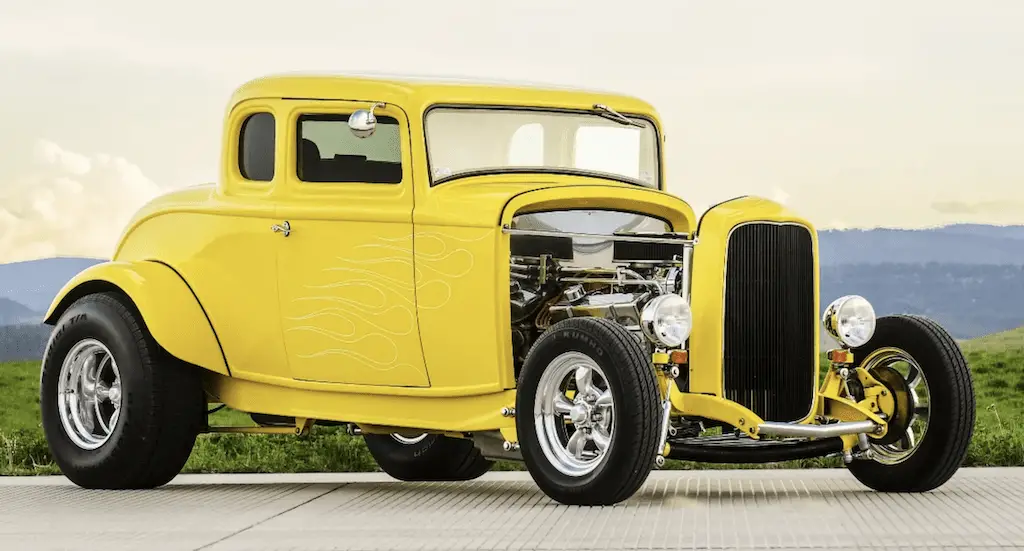
In particular, after WWII ended, the 1932 Ford and the flathead V8 became the vehicle of choice to modify for droves of returning soldiers, owing to how cheap they were, and the fact by this point, most of the kinks of the engine had been ironed out. The ensuing economic prosperity of the U.S. after WWII left many Americans feeling more confident and optimistic about the future than ever, and this manifested itself in the birth of the hot rod, and the first “culture” of modified cars in the world. So prevalent is that when you see a 1932 Ford, it is likely not an original car, but some type of hot rod. And none of this would’ve been possible without the 1932 Ford, the flathead V8, and the democratization of horsepower.
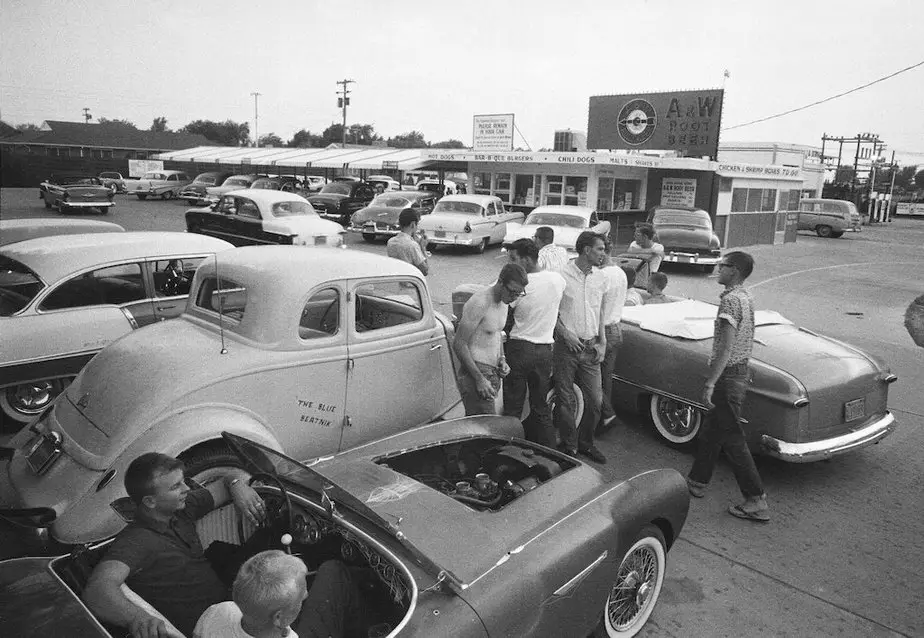
In my view, even the JDM scene, the other, more modern, and equally prominent example of modified car culture, owes its existence to the 1932 Ford. This is because modified car culture in general has its origins in greaser culture in the 1950s, which wouldn’t have been possible without the 1932 Ford and the flathead V8 engine. It is this combination of affordable performance, and the resulting birth of American car culture from these seeds (and all that it inspired after that) which, in my view, make the 1932 Ford one of the most important cars ever made in America.
Chrysler Airflow
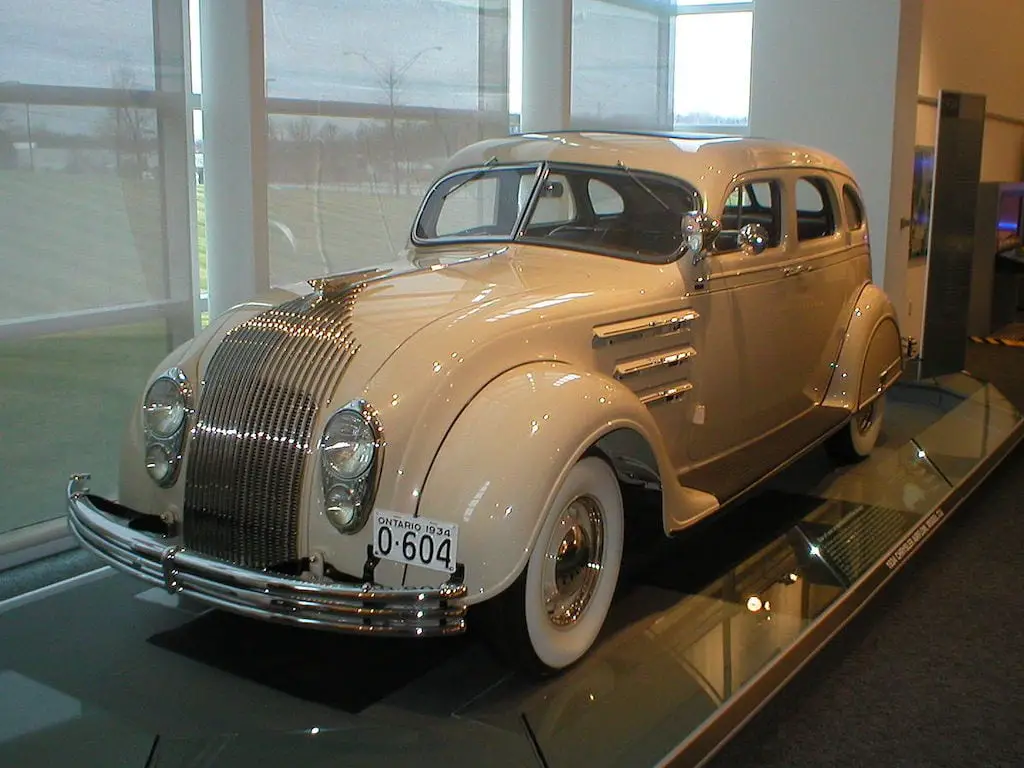
In my opinion, the American car of 2022 is, generally speaking, a steaming pile of garbage. The interiors don’t hold up, reliability in general is an issue, and they much too large and fuel inefficient. It’s gotten to the point where I believe that anything Ford, GM, or Chrysler currently makes, Toyota makes it better.
This was not always the case, especially for Chrysler. While a modern Chrysler product is for the insecure, aggressively patriotic types that more closely resemble monkeys than a rational human beings, Chrysler products were not always this way. Case and point: the 1934-1937 Chrysler Airflow.
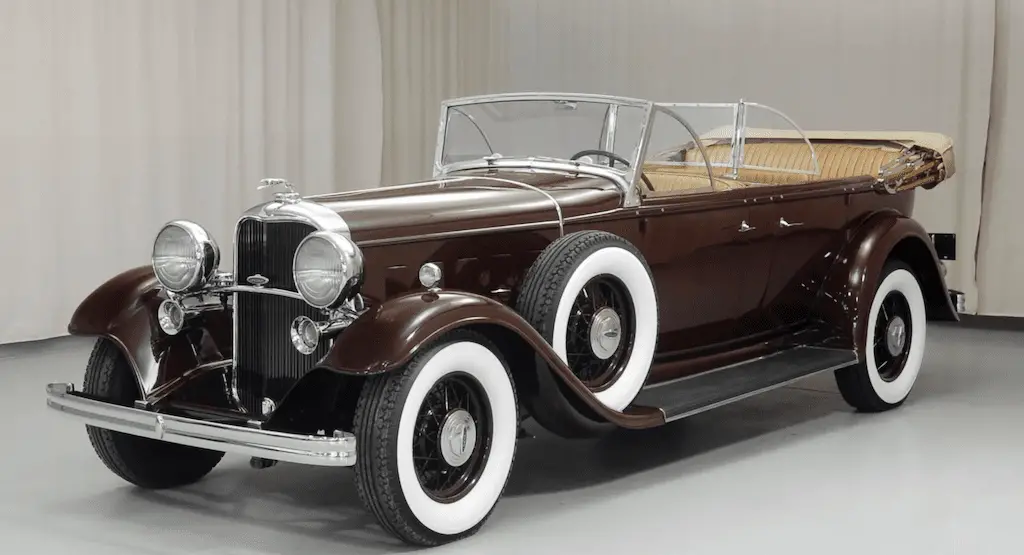
When the Chrysler (and it’s DeSoto rebadged counterpart) Airflow was first launched in 1934, it was unlike any other car on the market, and that was the point. In the quest to build a better luxury car capable of being quiet and refined at high speed, Chrysler engineers began conducting wind tunnel tests in collaboration with Orville Wright (yes, THAT Wright of the Wright Brothers). The findings? Most cars of the time were so aerodynamically inefficient, that they flowed better through the air traveling BACKWARDS! Furthermore, they found that most of their competitors’ vehicles were unsettled at higher speeds due to poor weight distribution.
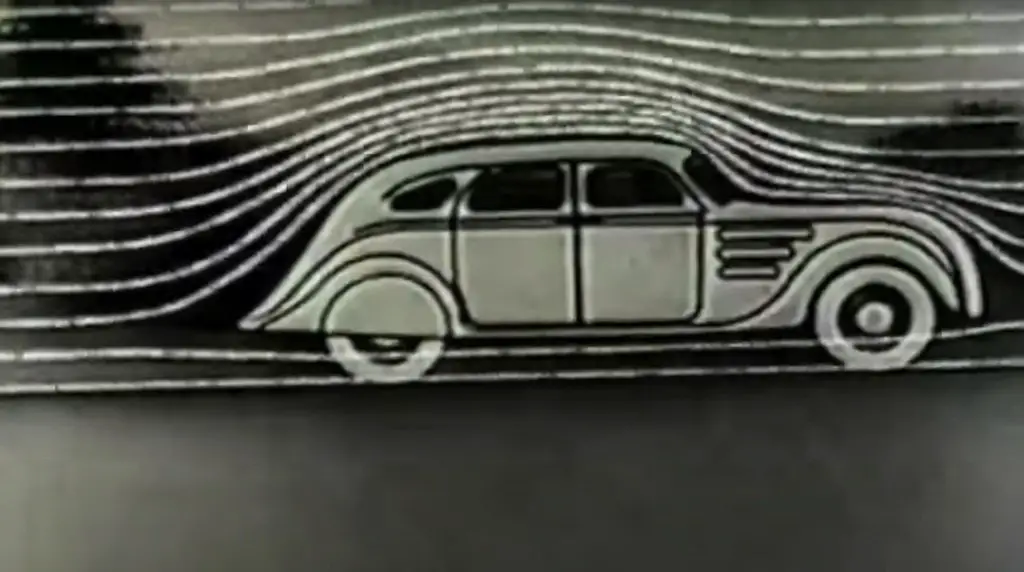
As a result of these findings, Chrysler created, in my opinion, one of the best, most innovative cars ever made: the Airflow. Not only did it emphasize the idea of a sleek, aerodynamic shape that would allow for high speed stability, but the Airflow was, along with the Citroën Traction Avant, can claim to be one of the first cars built with unibody construction. This was done both to improve weight distribution, which was 54/46 front/rear in an age where most cars had nearly 70% of the weight at the back, and thus, ride quality. Further improving the ride quality and cabin comfort was an unconventional interior layout for the time that freed up interior space for the driver with a horizontal steering column, an all steel body, and a body shape that resulted in passengers sitting between the two axles instead of on top of the rear axle like they would have in ox carts. The result was that when people were inside the car, it had a nearly 50-50 weight distribution.
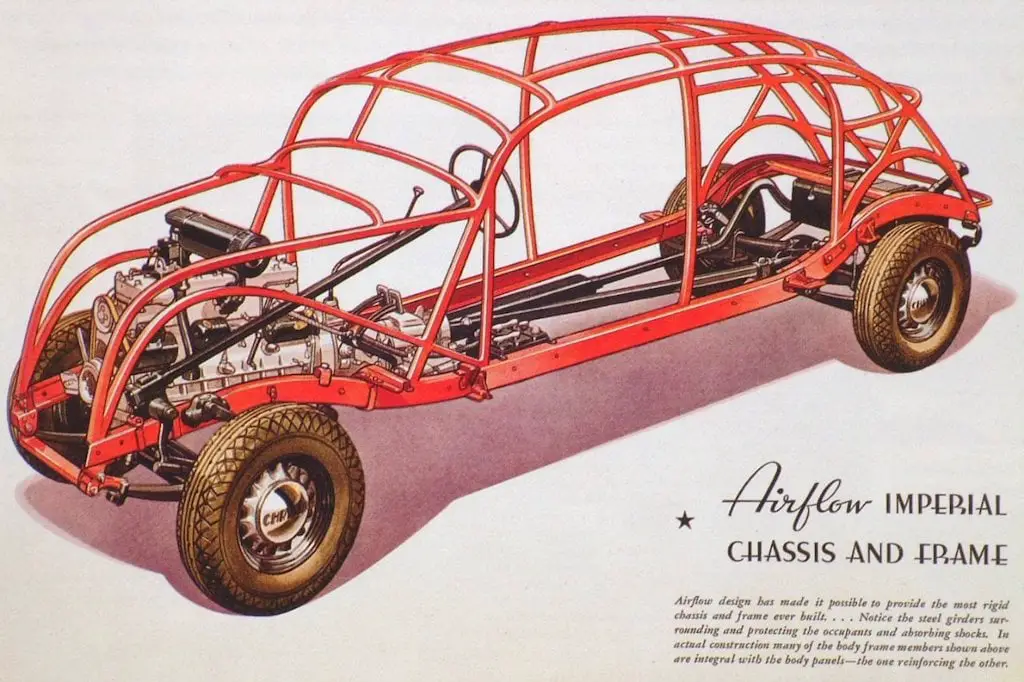
In addition, the Chrysler Airflow was one of the first cars that was marketed on the feature of safety. How so? In one of their period advertisements (complete with all the early 20th century cliche salesman talk of the era), Chrysler, to demonstrate that their car truly was the safest out there, put the Airflow through a number of tests, and showed off how the safety glass wouldn’t shatter like its competitors, would remain stable even if a tire were to blow out, and would not only be able to survive a drop of of a cliff, but would do so with doors that opened normally, and the ability to drive away from the incident (link here).
The Airflow, however, was a massive sales flop. Why? The conservative, depression-weary American public of the 1930s thought the design was too strange and radical. While Chrysler tried to salvage the project, its competitors smelled blood in the water, and attacked what they spun as an unusual, ugly design, and it was discontinued 3 years after introduction in 1937. Chrysler would not make another unibody, aerodynamic car until the 1960s, and Chrysler, from that point on, was known for making conservative cars that had mainstream styling.
This all makes me think of one thing, the 2011 movie Moneyball about Billy Beane and the Oakland A’s. At the end of the movie “Moneyball,” Billy Beane (Brad Pitt) is meeting with the owner of the Boston Red Sox baseball team, John Henry (Arliss Howard), and Henry states “the first guy through the wall…he always gets bloody,” and nowhere was this more true than with Chrysler and the Airflow. Irrespective of how they were panned for the “ugly” design in their own day, Chrysler created what has to be the world’s first truly modern car. In terms of its styling and engineering, it was a generation ahead of its time, and certain features of the Airflow, like aerodynamic styling, independent from suspension, and unibody construction, are now standard on nearly every car sold today.
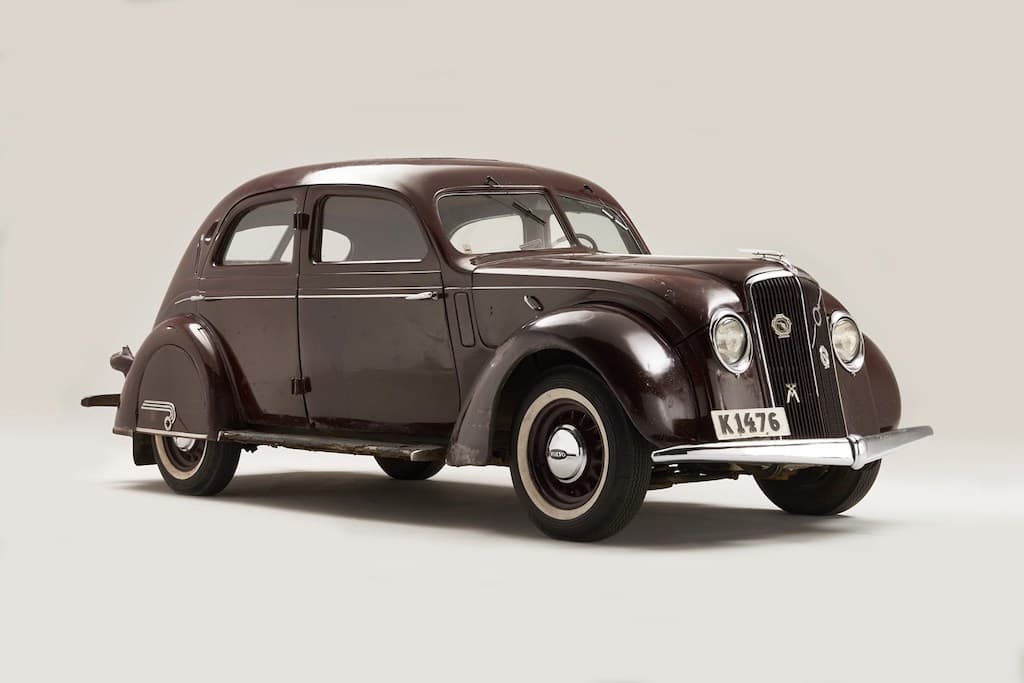
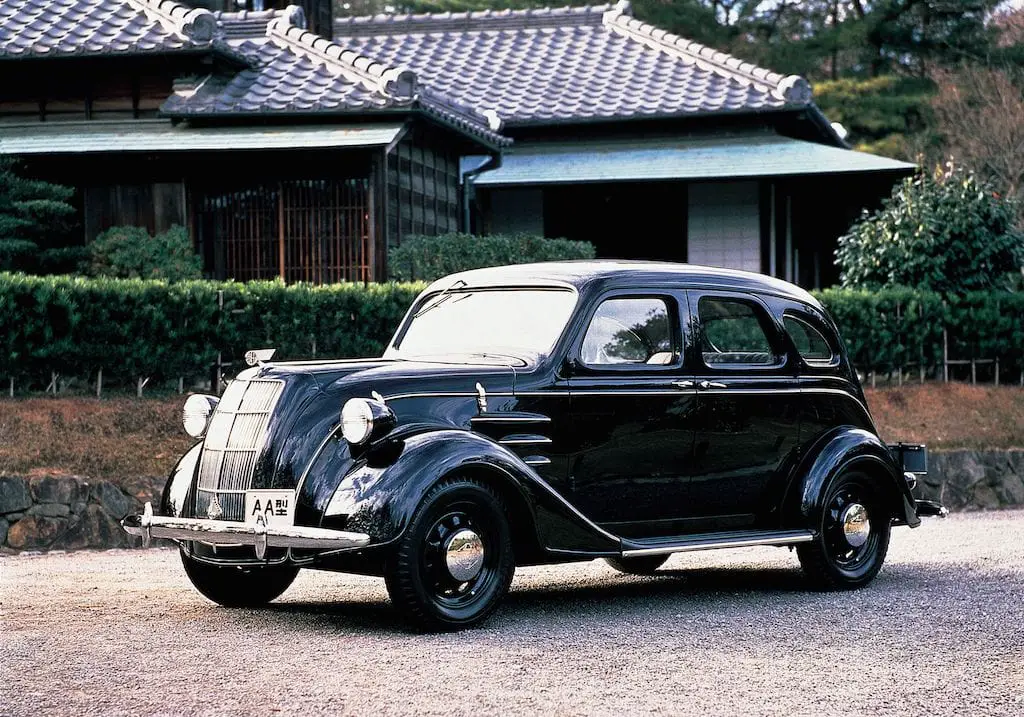
I believe, that if Chrysler had stuck with the design despite public backlash, they would’ve been rewarded. If I have come to understand anything about marketing, it is that it pays to be first in people’s minds. And because Chrysler abandoned that market space due to market failure in America, they failed to see that the rest of the world saw something good and liked it.
Most notable was a German engineer named Ferdinand Porsche, who travelled to Detroit in 1935 to have a tour of the Briggs assembly plant where the Airflow bodies were produced. The fact that the “Volkswagen” that he would show the world 3 years later looks suspiciously like a Chrysler Airflow coupé at the rear? Mere coincidence.
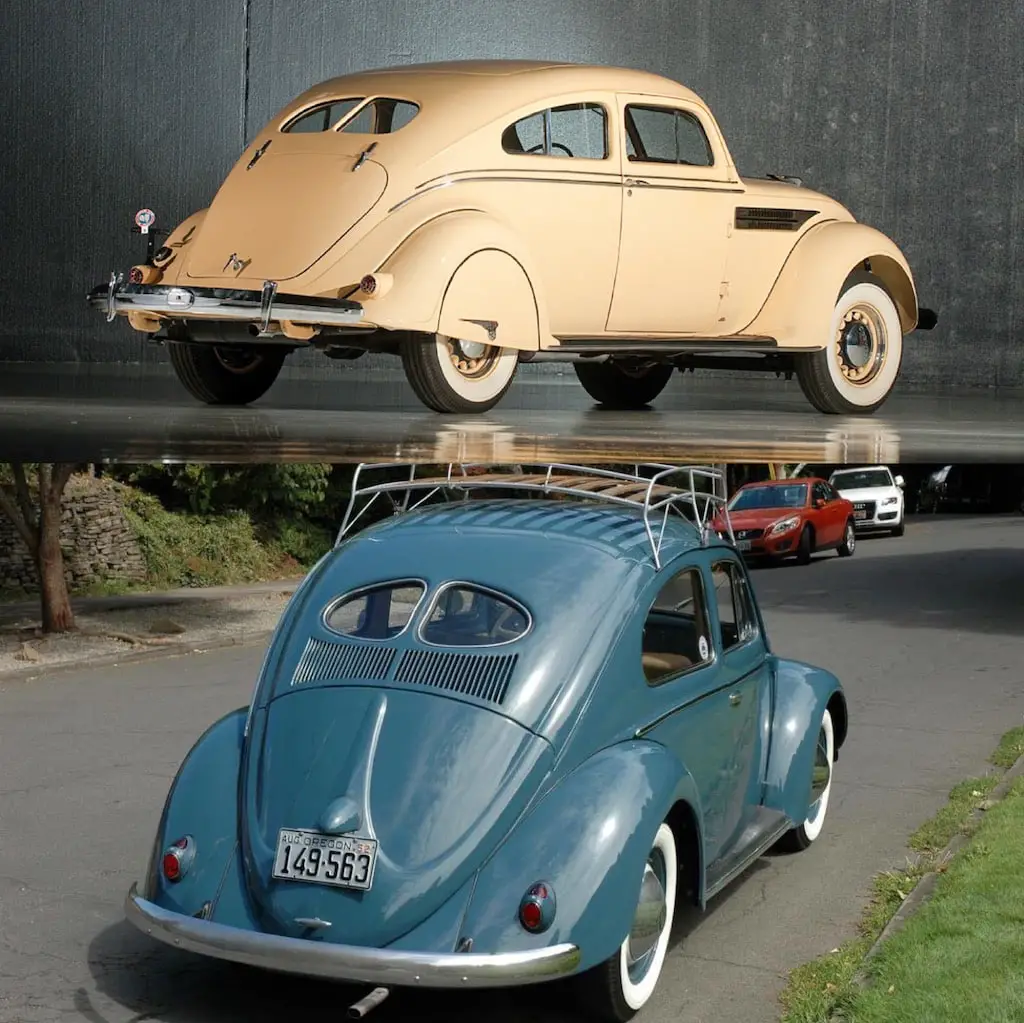
What is less of a coincidence is how then little-known Swedish automaker Volvo’s first luxury car, the PV36 “Carioca” and the first car made by an upstart Japanese automaker by the name of Toyota, the AA, are built using much of the same techniques used for the Airflow and share more than a passing resemblance.
Oh, and those same American competitors that called the design strange? Yeah, they copied the Airflow too, most notably the 1936-1942 Lincoln Zephyr, so all that talk about how the design of the Airflow was problematic. Strictly in self interest to market their products, as even they saw the benefits of the design. They just weren’t willing to acknowledge them publicly until they had something of their own to sell.
The Chrysler Airflow was decades ahead of its time, and remains profoundly influential on cars even today. For these reasons, it was one of the most important cars ever made in America
The Original Jeep
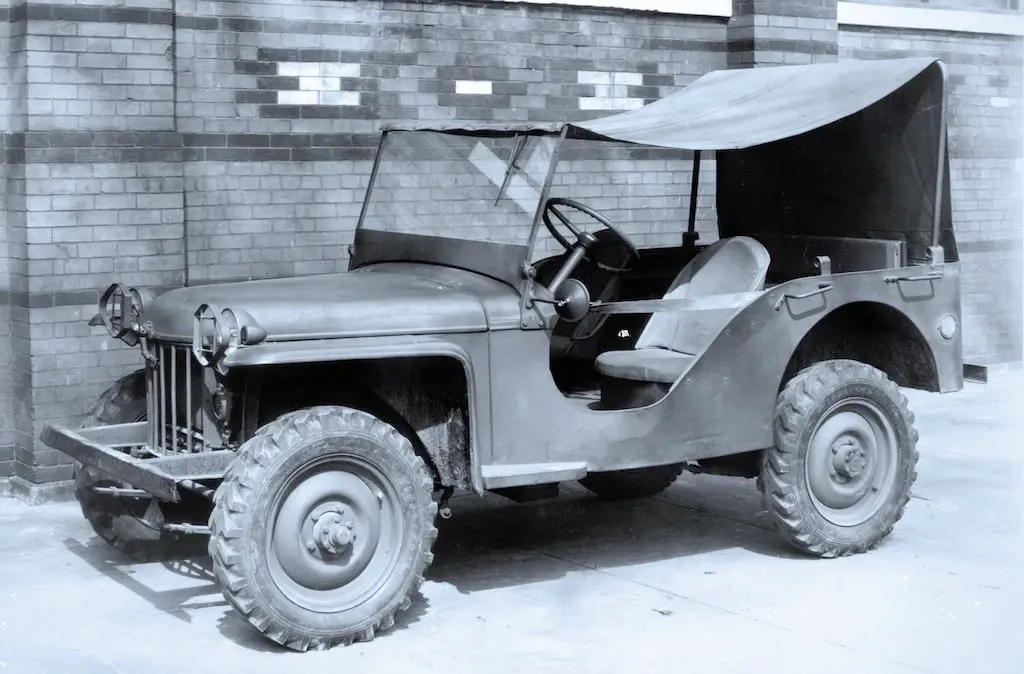
The Land Rover, Mitsubishi Pajero, Toyota Land Cruiser, Mercedes G-Wagen, Ford Bronco, and Suzuki Jimny. None of these vehicles would exist were it not for one vehicle: the original Jeep.
The original Jeep, despite being known as a simple, rugged vehicle, has a complicated origin. While most people think of Willys when they think of the first Jeep, this is incorrect. The original designs for the Jeep, instead, came from a small, Pennsylvania-based company called American Bantam. At that point, they were the resurrected skeleton operations of the recently-bankrupt American Austin, known in its home country of Britain for the Austin Seven, one of Britain’s most popular cars at the time. The designs of the original Jeep were the result of the U.S. military issuing a request to American Automakers: produce a prototype design of an automobile to our specifications and you will have a contract to build it for us. The specifications outlined by the U.S. Military were as follows:
- It must weigh 2000 lbs or less
- It must be able to ascend a 30 degree graded slope
- It must be able to pull a light artillery cannon
- It must be able to go anywhere a horse is able to go
Of the nearly 150 automakers operating in the U.S. at the time, only three, Willys-Overland, Ford, and Bantam even considered the proposal. That’s because it came with a catch that automakers thought ridiculous: produce a running, driving prototype in 49 days or less. Of the three, only Bantam was able to produce a running, driving example within that period, which was driven directly from the factory in Butler, PA to a U.S. Army Base in Maryland with 30 minutes to spare. And while it was slightly over 2000 lbs, the military initially awarded Bantam the contract.
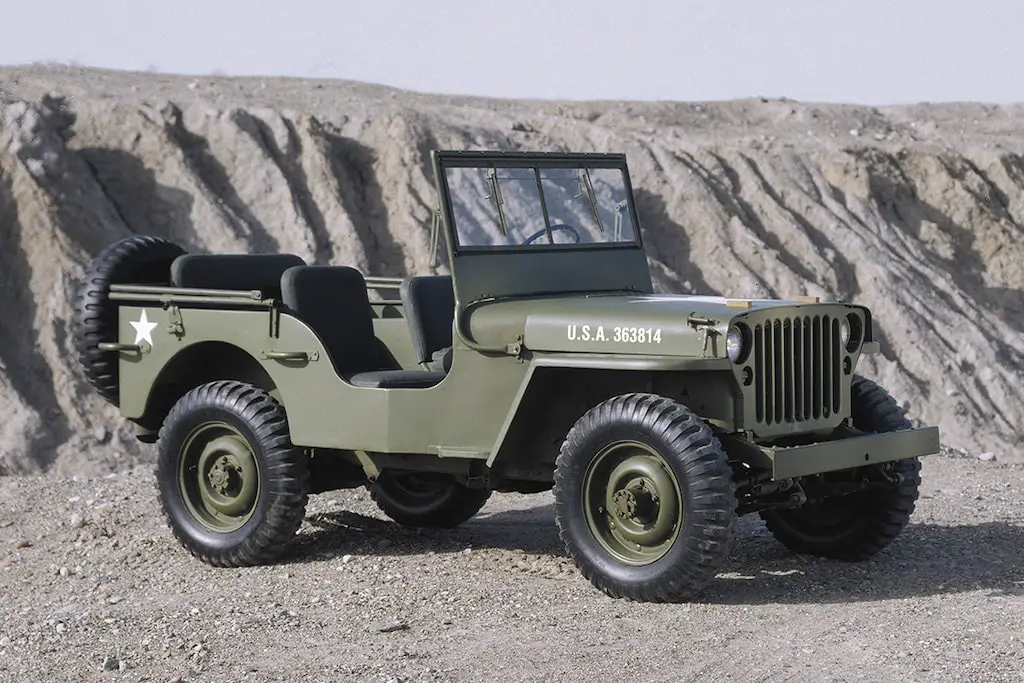
Unfortunately, big corporations gonna big corporation. Lobbyists from Willys and Ford convinced government officials that a small company like Bantam could never produce the volume that was needed for the war clouds on the horizon, and the U.S. government took Bantam’s engineering, and handed it over to Willys and Ford. The U.S. government, needing to maintain the illusion of fairness, told all three companies to produce improved designs and come back in 2 months. With Bantam facing competitors with more resources to draw upon in round 2, and the fact that those same competitors had been spoon-fed Bantam’s previous biggest advantage (design), Bantam got screwed over, and ultimately wasn’t awarded the contract. Instead, Willys was awarded the primary contract, and any additional production needed would be supplied by Ford in the time honored American tradition of big corporations in bed with the government to screw over smaller players in the industry.
Willys and Ford would go on to produce nearly 500,000 Jeeps over the course of the Second World War. Willys would go on to market itself as the forefather of the Jeep to much financial success, a story that even Chrysler (the current owners of the Jeep brand) continues. Bantam, meanwhile, went out of business in 1956, and after the initial production of 75 units of the Bantam Reconnoissance Vehicles (Jeep prototype), they would never produce another vehicle again. Instead, they were relegated by the U.S. government to producing trailers for the Willys and Ford built Jeeps.
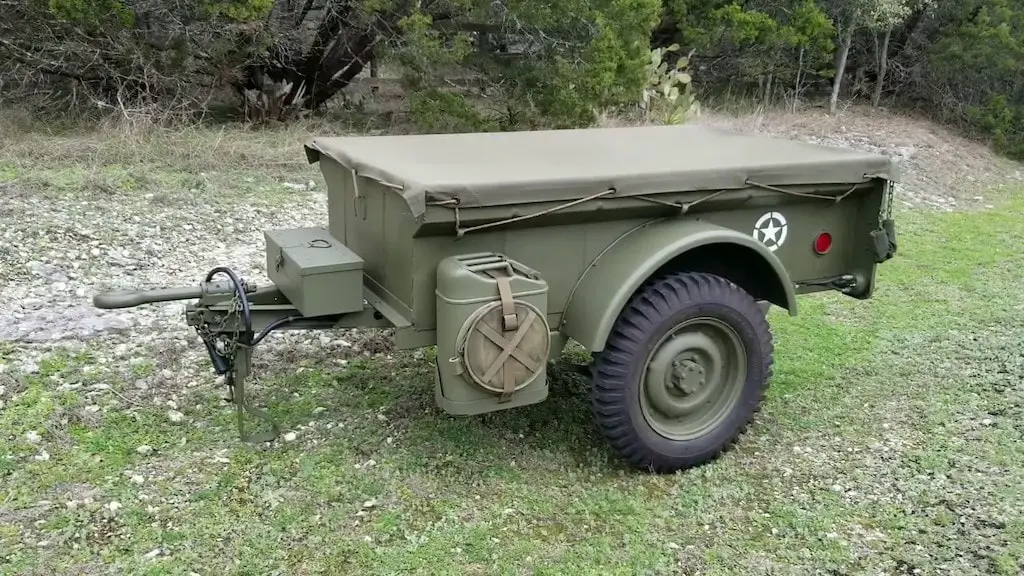
In my view, this is terrible. Imagine you discovered a very important, novel species of large animal, and announced it to only a small group of wealthy conservationists to avoid it getting poached. Instead of receiving credit, one of them, who owns a zoo, steals your notes, and, in collaboration with the government of the country the animal was found in, announces the discovery publicly. He makes millions off of it, but as consolation, you are offered a job at the first zoo to show this animal…to shovel its shit. Yeah, that’s what happened to Bantam.
Despite the history of war and hypocrisy, the original Jeep is one of the most important vehicles ever to come out of America due to its creation of an entirely new segment of automobiles and enduring cultural influence. In addition, even now, buying a used Jeep CJ (a minor evolution of the original design) isn’t a terrible idea on the classic 4X4 market. It is for these reasons that earn it a spot on this list.
Summary
What do you think? Which one is your favorite? Which of these five cars would you personally own if given the chance? Is there one that I missed? Let me know down in the comments below.
